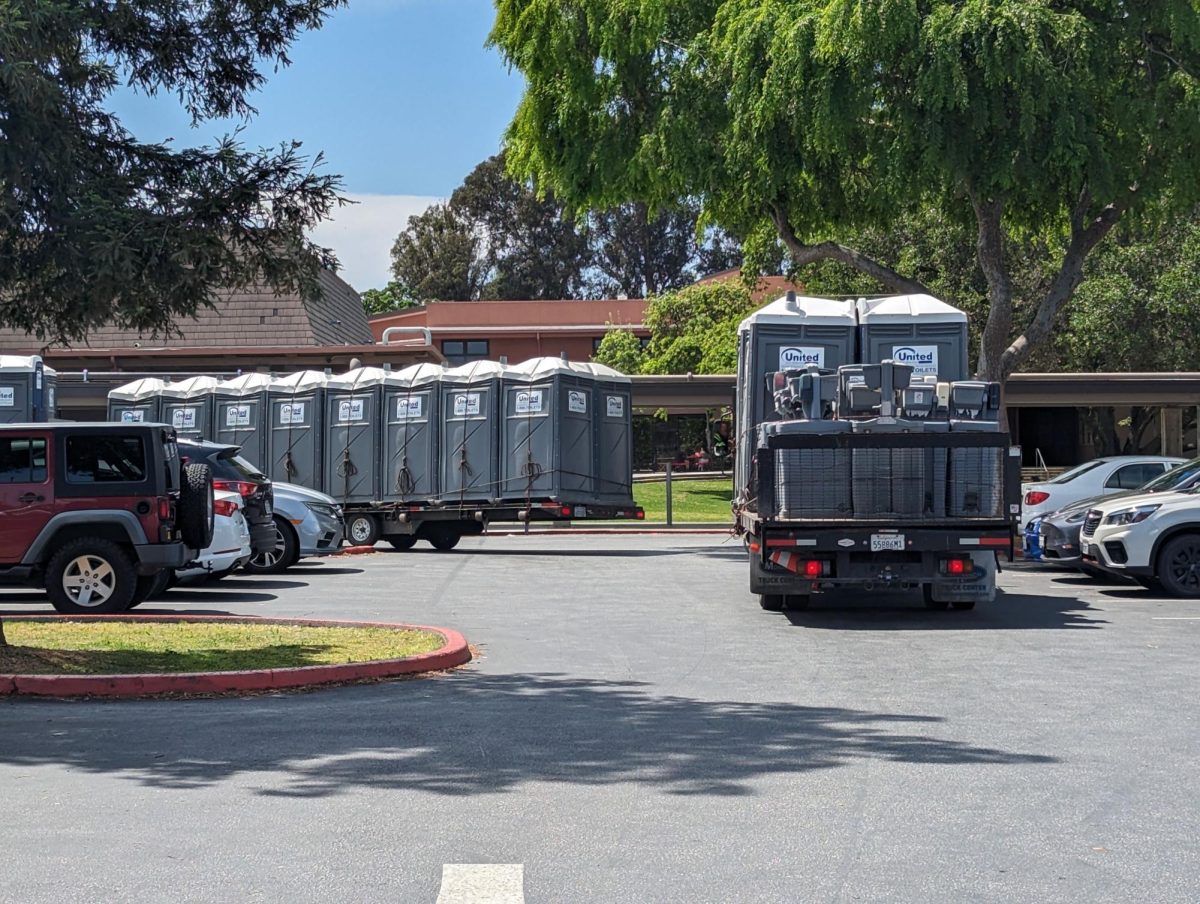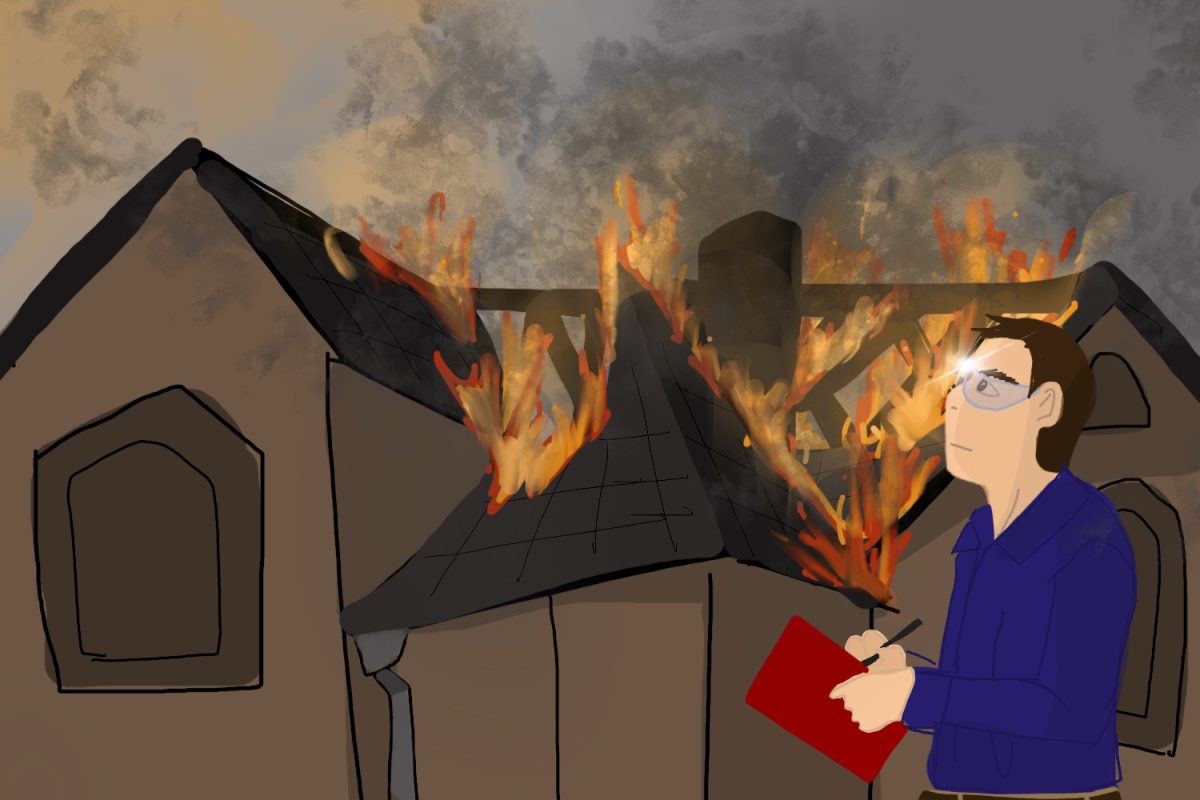‘We have work to do:’ Campus Climate Survey data released
Wake Forest’s Campus Climate Survey names sexual misconduct as major public health concern
November 28, 2022
Fifty-five percent of the total sample gathered by the Campus Climate Survey reported experiencing at least one incident of sexual misconduct. The results of the survey, which was conducted in the spring of 2022, were released to students, faculty and staff at forums last week. Undergraduate women and transgender, genderqueer, questioning and non-binary (TGQN) students reported the highest rates of sexual misconduct, with the most common experiences being sexual harassment and unwanted sexual contact.
The online survey was designed to provide insight into the prevalence of sexual misconduct at Wake Forest. It was sent to 7,357 undergraduate and graduate students and received a 38% response rate. The executive summary of the Campus Climate Survey can be found on the Sexual Misconduct Survey webpage.
Statistical weighting was used to correct for non-response and to ensure that the results were reflective of the student body demographics. The demographic profile of the survey respondents were not published.
The available survey data did not differentiate between students involved in Greek life and those that were not.
According to Jackson Buttler, Wake Forest Student Government Speaker of the House, this decision was made because “this is not a Greek vs. non-Greek issue.”
He continued: “Sexual violence touches every single student on this campus in some way, shape or form so differentiating between these groups would likely not provide much additional information and may serve as a means to unintentionally other or devalue the experiences of students who may not fall into one group or another.”
In the survey, sexual misconduct was defined as being one of four incidents: sexual harassment, stalking, unwanted sexual contact and intimate partner violence. Findings showed that most sexual misconduct occurs between Wake Forest students in on- or off-campus residential locations. The report showed that levels of sexual misconduct at Wake Forest were comparable to other universities, according to a comparison to the Association of American Universities (AAU) Campus Climate Survey — a multi-institution study of sexual misconduct on college campuses — that served as the basis for Wake Forest’s Campus Climate Survey.
Dr. Emily Palmieri is a licensed clinical mental health counselor and the director of the Safe Office. Upon seeing the results, she said that she was not surprised as Wake Forest’s numbers were comparable to other universities that have been surveyed like this. She also noted while the survey garnered a good response rate, the numbers may actually be higher due to underreporting.
“As somebody who works in a confidential role, and in keeping with what we know to be true about interpersonal violence numbers, there’s always going to be some under reporting, simply because a lot of people who have experienced harm may not be inclined to be ready to engage with the material yet,” Palmieri said. “And that was completely on par with what we would have expected as well. I was really grateful that we got the response rate that we did, and I do think it was a good sample size. The information that was gathered was really helpful.”
The survey found that undergraduate and graduate women were more likely to have experienced any incident of sexual misconduct than men. Multiracial women reported the highest rates across all four types of sexual misconduct incidents. TGQN students were not included in the significance testing to examine cross-group differences because of the smaller size of the TGQN sample size. However, previous research indicates that TGQN students also experience significantly higher victimization rates compared to men.
“I was disheartened to see the extent to which traditionally marginalized groups reported experiencing at least one instance of sexual misconduct at the highest rates in comparison to the rest of the student body,” Buttler said. “This underlines the importance of connecting diversity, equity, inclusion and belonging efforts to this work.”
Additionally, TGQN students were not separated by graduate and undergraduate classification. According to Vice President for Campus Life Dr. Shea Kidd Brown, this was to preserve confidentiality as this population made up a small percentage of respondents. Sixty-six percent of these respondents reported having experienced at least one incident of sexual misconduct.
Data on campus resources
A majority of students who reported experiencing non-consensual or unwanted sexual contact said that the incident negatively impacted their physical or emotional health in some way. However, a low percentage of students reported having contacted on-campus resources for assistance. More students reported never contacting a campus resource than students doing so after instances of non-consensual sexual contact. The students that sought out resources were most likely to reach out to the Safe Office, the University Counseling Center and the Title IX Office.
Palmieri said that the low reporting rates speak to how normalized unwanted touching behaviors are.
We have work to do to make sure that all students understand emotional harm is just as concerning and reportable as physical harm.
— Title IX Director Aishah Casseus
“I think that’s a large cultural issue that needs to be addressed through psychoeducation and giving ourselves permission to validate what our bodies are telling us,” Palmieri said.
She also noted the difference between the knowledge of a resource and the utilization of a resource. According to the survey results, students reported high levels of awareness of campus resources. Hispanic/Latina and Black women reported less knowledge about campus resources, policies and procedures surrounding sexual misconduct.
“There’s a discrepancy in the knowledge of a resource and the utilization of a resource. A big part of that is helping people maintain autonomy in what they choose to do,” Palmieri said. “People choose to process and heal in a variety of ways. One of the biggest things that we want to make sure that people know is where confidential resources are available and what support could look like.”
The most common reasons why students did not seek out assistance from these resources were that they were not physically injured and that they perceived their experiences to be common occurrences.
“We have work to do to make sure that all students understand emotional harm is just as concerning and reportable as physical harm,” Aishah Casseus, director of the Title IX office at Wake Forest, said.
How we got here: sexual assault on campus
On Aug. 28, 2021, Wake Forest students protested in response to an allegation of sexual assault committed by a Wake Forest student against another. That incident brought the issue of sexual misconduct to the forefront of students’ minds and raised concerns about the campus climate.
Maya Dalton, a Wake Forest alumna who organized the protest with junior Elizabeth Langshur, said that she was excited to see progress being made toward a positive and healthy environment for all students.
Dalton said that she did not find it shocking that women were “the only statistically significant findings” in Table 1.
“One thing that the university should take with a lot of weight is that the overwhelming majority of respondents reported that the perpetrators of the sexual harassment behavior they experienced were Wake Forest students,” Dalton said. “What percentage of those perpetrators were reported to Title IX?”
The findings in the Wake Forest sample regarding perpetrator characteristics were consistent with broader research literature. In national surveys, perpetrators were most often men, and incapacitation tactics were most likely to be perpetrated by someone the individual knew but was not friends with.
“Wake Forest needs to take a closer look into how it’s educating students on preventing sexual misconduct, reporting systems and what communities on campus may foster these overwhelming numbers of perpetrators,” added Dalton.
However, Dalton was also proud of the work completed by the university and hopeful for future action.
“Seeing so many years of work across so many different groups come to completion is really satisfying,” Dalton said.
The university’s next steps
The university is looking to take steps to educate the student body on safe sexual practices and consent.
“The Title IX Office is working with Vice President Kidd Brown to solicit ideas from students and work towards meaningful peer education opportunities for our campus community,” Casseus said. “We are also excited to start partnering with our new staff member, Hannah Dean, the Interpersonal Violence Prevention Coordinator.”
“Now that we have the data, the work truly begins,” Buttler said. “We now have the ability to truly signal the magnitude of this issue and prioritize this work moving forward to…[create] a campus environment that is centered around student safety and survivor support.
In the summary of the survey, NORC suggested next steps to the Wake Forest community. Among them were an expansion of the university’s outreach and awareness-raising efforts across campus; improvement upon trainings for consent and how to combat rape culture; and having on and off campus residential housing staff complete additional trainings around how to prevent sexual assault and support survivors of sexual assault.
Another survey will be sent to the student body in four years. The university will be hosting “Consent Con,” a campus-wide conference in February 2023. The university plans to conduct another survey about sexual misconduct on campus in the next four years.
This story was originally published on Old Gold & Black on November 22, 2022.































![IN THE SPOTLIGHT: Junior Zalie Mann performs “I Love to Cry at Weddings,” an ensemble piece from the fall musical Sweet Charity, to prospective students during the Fine Arts Showcase on Wednesday, Nov. 8. The showcase is a compilation of performances and demonstrations from each fine arts strand offered at McCallum. This show is put on so that prospective students can see if they are interested in joining an academy or major.
Sweet Charity originally ran the weekends of Sept. 28 and Oct. 8, but made a comeback for the Fine Arts Showcase.
“[Being at the front in the spotlight] is my favorite part of the whole dance, so I was super happy to be on stage performing and smiling at the audience,” Mann said.
Mann performed in both the musical theatre performance and dance excerpt “Ethereal,” a contemporary piece choreographed by the new dance director Terrance Carson, in the showcase. With also being a dance ambassador, Mann got to talk about what MAC dance is, her experience and answer any questions the aspiring arts majors and their parents may have.
Caption by Maya Tackett.](https://bestofsno.com/wp-content/uploads/2024/02/53321803427_47cd17fe70_o-1-1200x800.jpg)
![SPREADING THE JOY: Sophomore Chim Becker poses with sophomores Cozbi Sims and Lou Davidson while manning a table at the Hispanic Heritage treat day during lunch of Sept 28. Becker is a part of the students of color alliance, who put together the activity to raise money for their club.
“It [the stand] was really fun because McCallum has a lot of latino kids,” Becker said. “And I think it was nice that I could share the stuff that I usually just have at home with people who have never tried it before.”
Becker recognizes the importance of celebrating Hispanic heritage at Mac.
“I think its important to celebrate,” Becker said. “Because our culture is awesome and super cool, and everybody should be able to learn about other cultures of the world.”
Caption by JoJo Barnard.](https://bestofsno.com/wp-content/uploads/2024/01/53221601352_4127a81c41_o-1200x675.jpg)














